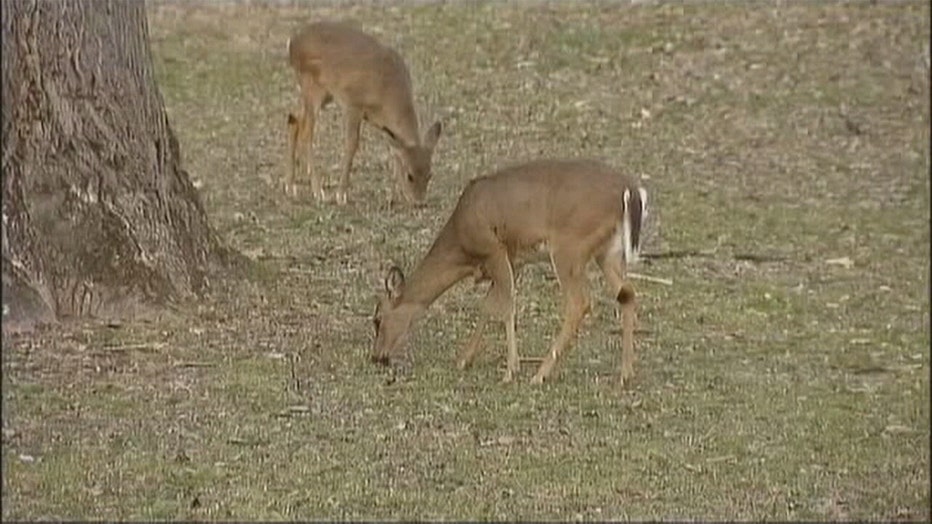Deer and lasers: U of M researchers investigate changes to forest canopies
(FOX 9) - University of Minnesota researchers are using high-frequency lasers to learn more about how deer populations influence forest landscapes, according to a new announcement from the university.
According to the release, white-tailed deer are wide-ranging throughout both Canada and the U.S., resulting in overpopulation that can drastically change an ecosystem.
The "forest canopy" is the top layer of a forest, which includes the crowns of trees, and all the plants and animals living in it.
Deer can change a forest by eating certain plant species and removing them from a landscape, after years leaving behind only the plant species that deer do not like to eat. These deer-induced species changes can then influence a forest canopy, which can have many implications on carbon, and wildlife communities.
"Deer choose to eat certain plants over others, and their preferences act as an invisible force that shapes the successional trajectories of forests," said Dr. Kathleen Knight, a research ecologist with the United States Forest Service in a statement.

University of Minnesota researchers are using high-frequency lasers to learn more about how deer populations influence forest landscapes.
The research team measured trees and their canopies in formerly clear-cut sections of four 65-hectare deer enclosures that were in use from 1980 to 1990. Each enclosure was subdivided to maintain deer densities of four, eight, 15 and 25 deer per square kilometer throughout 10 years.
Nearly 40 years after the enclosure experiment began, the trees in the canopy reflect the plant species that deer do or do not like to eat. Researchers measured how deer densities can change a canopy with a portable canopy light detection and ranging [LiDAR] system that uses high-frequency lasers to scan and quantify the arrangement of overhead leaves and branches.
Of the conclusions determined in the study, researchers found that deer can indirectly make canopies more open and widely spaced, and deer can inadvertently change a forest’s biodiversity and canopy structure.

